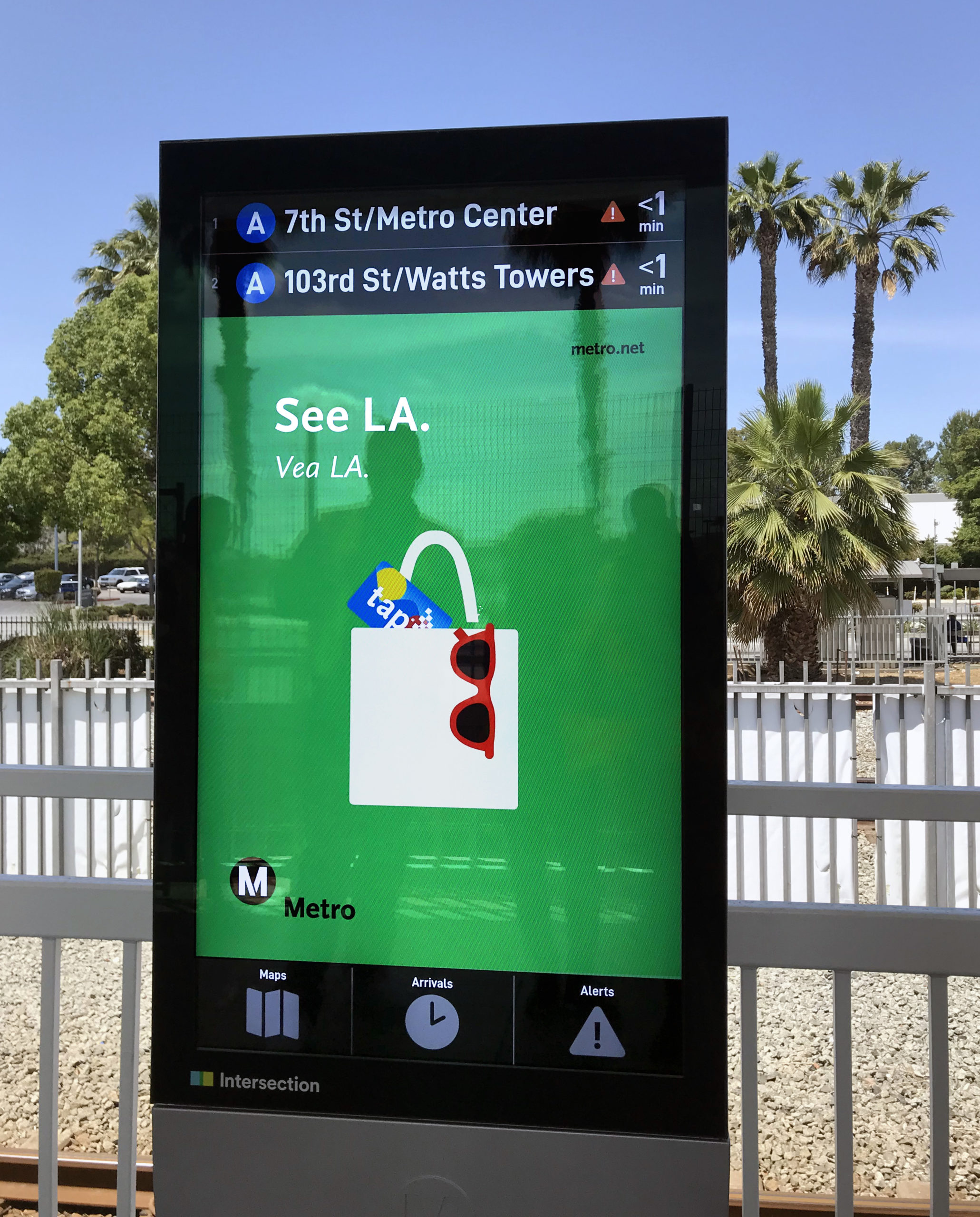Interactive kiosks in Singapore are transforming how businesses and citizens interact, offering a seamless blend of technology and convenience. These digital powerhouses are popping up everywhere, from malls to airports, making life easier for locals and visitors alike. If you're curious about how these futuristic devices are shaping the urban landscape, buckle up because we're diving deep into the world of interactive kiosks in Singapore!
Picture this: you're walking through Orchard Road, one of Singapore's bustling shopping districts, and you see a sleek touchscreen device standing tall. That's not just any machine—it's an interactive kiosk designed to make your day smoother. Whether you need directions, want to pay a bill, or simply order food, these kiosks have got your back. They're like your personal assistant, just without the coffee breaks.
But why stop at convenience? Interactive kiosks in Singapore are also driving innovation, providing businesses with data-driven insights and enhancing customer experiences. This isn't just tech for tech's sake; it's about creating meaningful interactions that matter. So, let's explore how these digital wonders are changing the game in the Lion City.
Before we dive into the nitty-gritty, here's a quick roadmap to what we'll cover:
- What are interactive kiosks and why they matter?
- The rise of interactive kiosks in Singapore
- Key industries benefiting from interactive kiosks
- How interactive kiosks enhance user experience
- The role of interactive kiosks in smart cities
- Data security and privacy concerns
- Future trends in interactive kiosk technology
What Are Interactive Kiosks?
Interactive kiosks are more than just fancy screens; they're interactive touchpoints that bridge the gap between humans and technology. These self-service terminals allow users to perform tasks like making payments, accessing information, or even booking services without needing human assistance. It's all about empowering people to take control of their daily interactions in a tech-savvy way.
In Singapore, where innovation meets efficiency, interactive kiosks have become a staple. Imagine walking into a coffee shop and placing your order via a touchscreen instead of waiting in line. Or think about using a kiosk at the airport to check in for your flight. It's all about streamlining processes and saving time, which is crucial in a fast-paced city like Singapore.
Key Features of Interactive Kiosks
- Touchscreen interfaces for easy navigation
- Integration with payment systems for secure transactions
- Customizable content to suit different business needs
- Real-time data collection for better insights
The Rise of Interactive Kiosks in Singapore
Singapore's reputation as a global tech hub isn't just talk; it's backed by action. The government's Smart Nation initiative has been a driving force behind the widespread adoption of interactive kiosks across the island. From public services to private enterprises, everyone's hopping on the interactive kiosk bandwagon.
One of the reasons interactive kiosks have taken off in Singapore is the high level of digital literacy among its citizens. People here are not only comfortable using technology but also expect it to be part of their daily lives. This cultural shift has made it easier for businesses to integrate interactive kiosks into their operations.
Government Support for Interactive Kiosks
The Singaporean government has played a pivotal role in promoting interactive kiosks. Initiatives like the Smart Nation Sensor Platform and the Digital Economy Framework have laid the groundwork for widespread adoption. By providing funding and resources, the government has encouraged businesses to embrace this technology, ensuring that Singapore stays ahead of the curve.
Key Industries Benefiting from Interactive Kiosks
Interactive kiosks aren't just for tech startups; they're making waves across various industries. Let's take a look at some sectors that are reaping the benefits of these digital marvels.
Retail
Retailers in Singapore are using interactive kiosks to enhance the shopping experience. Customers can browse products, check inventory, and even make purchases without ever speaking to a salesperson. This not only improves efficiency but also allows retailers to gather valuable data on consumer behavior.
Food and Beverage
Restaurants and cafes are adopting interactive kiosks to streamline the ordering process. Customers can customize their meals, view nutritional information, and pay for their orders all in one place. This reduces wait times and improves overall satisfaction.
Transportation
In the transportation sector, interactive kiosks are revolutionizing how people travel. Whether it's checking in for a flight, purchasing train tickets, or booking a ride-sharing service, these kiosks make getting around Singapore a breeze.
How Interactive Kiosks Enhance User Experience
User experience is at the heart of interactive kiosk design. These devices are crafted to be intuitive and engaging, ensuring that users can accomplish their tasks with minimal effort. Here are a few ways interactive kiosks are enhancing the user experience in Singapore:
- Reduced wait times through self-service options
- Personalized interactions based on user preferences
- Accessible design for people with disabilities
- 24/7 availability, ensuring convenience around the clock
The Role of Interactive Kiosks in Smart Cities
As Singapore continues its journey towards becoming a fully-fledged smart city, interactive kiosks are playing a crucial role. These devices are part of a larger ecosystem that includes sensors, IoT devices, and data analytics platforms. Together, they're creating a connected urban environment that's efficient, sustainable, and user-friendly.
Interactive kiosks are also helping to bridge the digital divide by providing access to technology for all citizens. Whether you're a tech-savvy millennial or a senior citizen learning to use a touchscreen for the first time, these kiosks are designed to meet everyone's needs.
Smart City Initiatives Featuring Interactive Kiosks
Several smart city projects in Singapore are incorporating interactive kiosks to enhance public services. For example, the Infocomm Media Development Authority (IMDA) has deployed kiosks in public housing estates to provide residents with easy access to government services. This initiative not only improves service delivery but also fosters a sense of community engagement.
Data Security and Privacy Concerns
With great technology comes great responsibility. As interactive kiosks become more prevalent, concerns about data security and privacy are rising. Businesses and governments must ensure that these devices are equipped with robust security measures to protect sensitive information.
In Singapore, data protection laws like the Personal Data Protection Act (PDPA) are in place to safeguard users' personal information. Companies deploying interactive kiosks must comply with these regulations to maintain trust and credibility.
Best Practices for Data Security
- Implement encryption for data transmission
- Regularly update software to patch vulnerabilities
- Conduct security audits to identify potential risks
- Provide transparency about data collection and usage
Future Trends in Interactive Kiosk Technology
Looking ahead, the future of interactive kiosks in Singapore is bright. Advancements in AI, machine learning, and augmented reality are set to take these devices to the next level. Imagine kiosks that can recognize you by face and tailor interactions based on your preferences. Or kiosks that project holographic displays to guide you through complex processes.
As technology continues to evolve, interactive kiosks will become even more integral to daily life in Singapore. The key will be striking a balance between innovation and usability, ensuring that these devices remain accessible and beneficial for everyone.
Emerging Technologies Shaping Interactive Kiosks
- AI-driven personalization for tailored experiences
- Augmented reality for immersive interactions
- Blockchain for enhanced security and transparency
- IoT integration for seamless connectivity
Conclusion
Interactive kiosks in Singapore are more than just a trend; they're a testament to the city-state's commitment to innovation and efficiency. From retail to transportation, these devices are transforming how businesses operate and how citizens interact with their surroundings. As technology continues to advance, the possibilities for interactive kiosks are endless.
So, the next time you're in Singapore and come across one of these digital wonders, take a moment to appreciate the thought and effort that went into creating it. And don't forget to share your thoughts in the comments below. Who knows? Your feedback might just inspire the next big innovation in interactive kiosks!



Detail Author:
- Name : Mr. Julien Gusikowski III
- Username : amurphy
- Email : padams@gmail.com
- Birthdate : 2002-03-01
- Address : 71410 Nella Lake Suite 981 Raheemberg, ME 07159-0810
- Phone : 1-703-638-7473
- Company : Douglas Inc
- Job : Postmasters
- Bio : Molestias eaque qui aliquam nam est temporibus et. Non ducimus voluptatem maiores in atque sit. Sint dignissimos recusandae voluptas eaque incidunt illo. Magni ipsum eum temporibus est dolores quas.
Socials
tiktok:
- url : https://tiktok.com/@bobbieruecker
- username : bobbieruecker
- bio : Tempora rerum ipsa qui eum nobis laboriosam rem.
- followers : 4771
- following : 1115
linkedin:
- url : https://linkedin.com/in/bobbieruecker
- username : bobbieruecker
- bio : Et dolores sed inventore.
- followers : 1846
- following : 2744
facebook:
- url : https://facebook.com/bobbie_id
- username : bobbie_id
- bio : Enim autem suscipit temporibus illo esse vel non.
- followers : 3372
- following : 1769
twitter:
- url : https://twitter.com/rueckerb
- username : rueckerb
- bio : Cupiditate eos optio sint reiciendis. Et esse eius et illo suscipit placeat rerum et. Exercitationem laborum aut minima id fugit magnam repellat ducimus.
- followers : 429
- following : 717